
What is Competitor Analysis? How to Master a Competitive Edge
Ever felt like you're playing catch-up in the market? That might be because you've skipped your homework on competitor analysis. It's not simply about spying on the competition but smartly arming your brand with the know-how to leap ahead and stay atop of industry trends.
Think of competitor analysis as the secret sauce to your brand's success recipe. It's about peeking over the fence, learning what's working (or not) for others, and tweaking your game plan to shine brighter.
If you're ready to get the lowdown on how to stay ahead of the competition? This guide isn't just about the "what" and "why" of keeping tabs on your rivals - it's about helping you turn insights into action to ensure your brand really stands out in an overly saturated market.
Tables of Contents
What is competitor analysis?
Competitor analysis is a critical process where you dive into the strategies, offerings, and performance of your main competition. This isn't just about knowing who they are and what they sell; It's about dissecting their marketing tactics, sales approaches, and comms strategies to reveal actionable insights.
Why focus on your competitors as much as your own brand? Because understanding the landscape they operate in, their objectives, and the underlying principles of their success allows you to craft strategies that not only keep pace but potentially outperform industry standards.
In a nutshell, competitor analysis is about setting a benchmark for excellence and ensuring your brand strategies are informed, relevant, and competitive.
The importance of competitor research and analysis
Diligently analyzing your competitors offers an array of strategic advantages crucial for your brand’s growth and market positioning. Here’s why dedicating time to competitor analysis is not just beneficial but essential:
- Understand where you stand in the market relative to your competitors, revealing areas for improvement and innovation.
- Identify your brand’s USP and distinguish your brand from competitors by highlighting your unique selling proposition in your marketplace.
- Leverage insights into competitors’ successes and failures to refine your marketing, product development, and customer engagement strategies.
- The ability to spot gaps in the market and areas your competitors are overlooking, presenting potential for your brand to capitalize on.
- Anticipate competitive moves and market shifts, allowing for strategic adjustments that safeguard your market position.
- Use customer reviews to uncover opportunities to innovate your products and services. Learn more about customers’ pain points, what’s missing in a competitors’ product, and how you might make changes to better meet their needs.
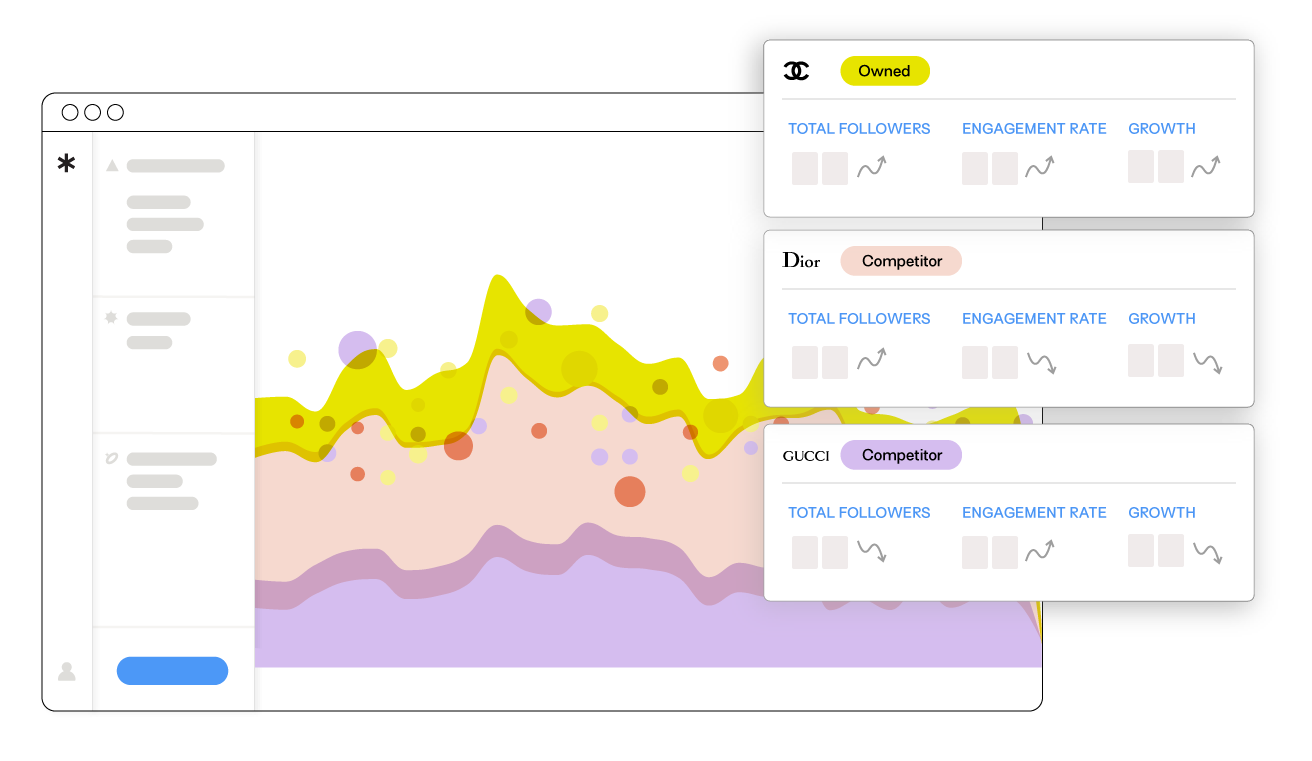
Competitive market analysis: Understanding your industry
Conducting competitive market analysis is essential for any brand aiming to not just survive but thrive. Here’s how you can systematically break down the process to better understand your industry and the brands leading it:
Competitive market analysis in 6 steps
- Industry overview: Kickstart your analysis with a bird’s-eye view of the industry. Identify key trends, growth patterns, and the overall market health. This foundational step sets the stage for a more detailed examination.
- Identify key competitors: Map out who’s who in your industry. Recognizing both direct and indirect competitors gives you a clearer picture of where you stand and the chessboard you’re playing on.
- Analyze competitor strategies: Now that you know your rivals, dive into their game plans. What marketing strategies are they employing? How do they position their products or services? Understanding these elements can reveal gaps or inspire your own strategies.
- Customer insights: Get into the minds of your shared audience. Who are they, and what do they crave? By dissecting customer preferences and behaviors, you fine-tune your own approach to meet their needs more effectively.
- Market positioning: Assess where each key player, including your brand, sits in the industry landscape. Are you a trailblazer, a niche player, or an emerging challenger? This clarity helps in sculpting your unique selling propositions (USPs).
- Evaluate and adapt: The final step in competitive market analysis is not a one-time task but a continuous cycle to reflect the dynamic nature of the digital world. Regularly reviewing the industry and your competitors’ moves ensures you stay agile, ready to pivot or double down on strategies that work.
Competitor analysis example
Ever wonder how some brands seem to always stay a step ahead of the curve, almost as if they've got an insider scoop on what their competitors are up to? Well, it's less about espionage and more about smart tools like Pulsar. Through the lens of Pulsar's audience intelligence, diving into competitor analysis becomes less of a guessing game and more of a strategic maneuver.
Imagine having the ability to peek behind the curtain, seeing not just what your rivals are posting, but how their audience reacts, shifts, and evolves in response. That's what audience intelligence tools are capable of - nailing down exactly where you stand in your market and how you can carve out your niche more effectively.
Here's how Pulsar can help with competitor analysis:
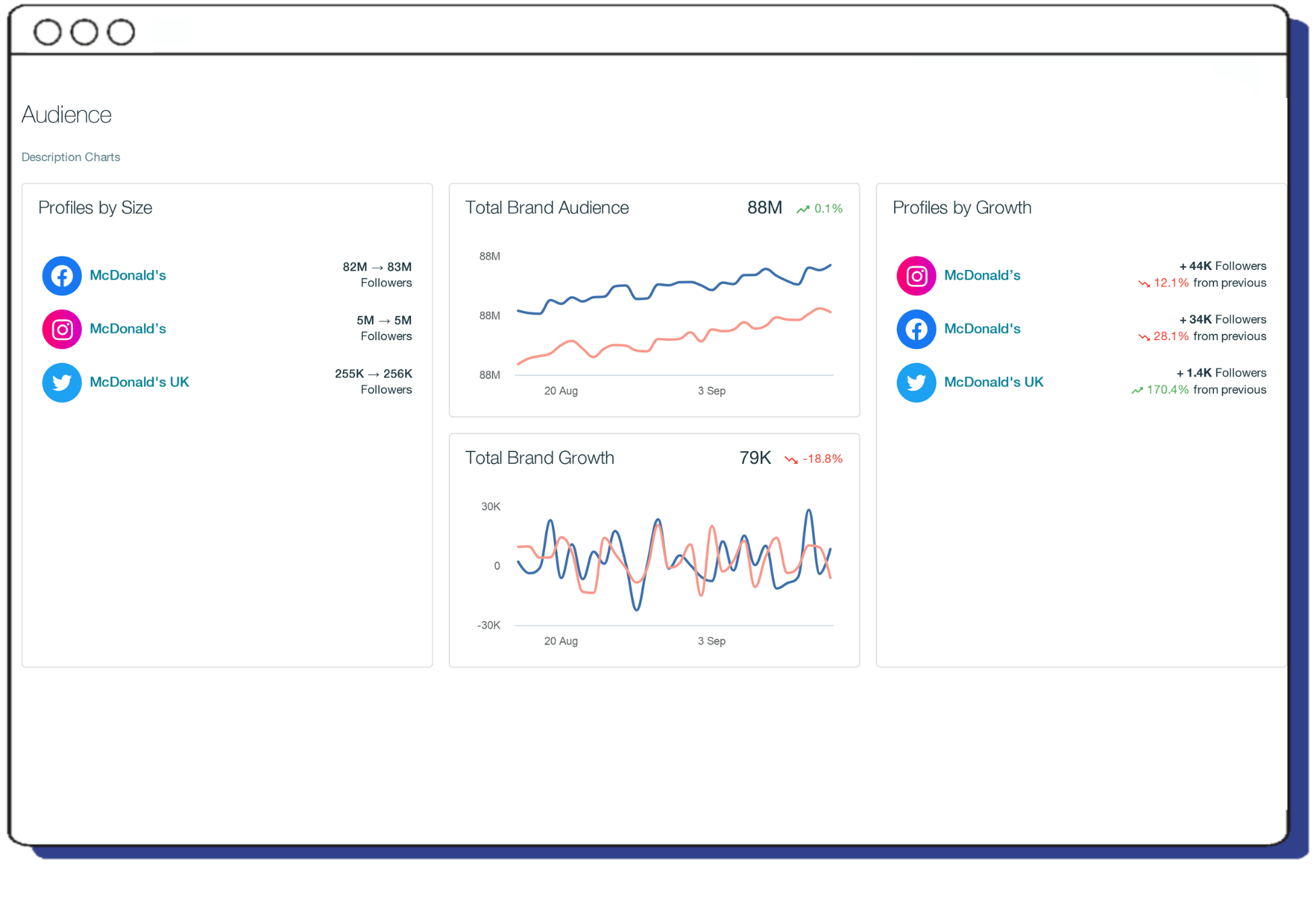
Tracking competitor mentions and engagement
Pulsar allows you to monitor mentions of your competitors across various social media platforms, blogs, forums, and news outlets. This gives you insights into how often they are mentioned, the context of these mentions, and the level of engagement they receive. By analyzing this data, you can understand your competitors' visibility and reputation in the market.
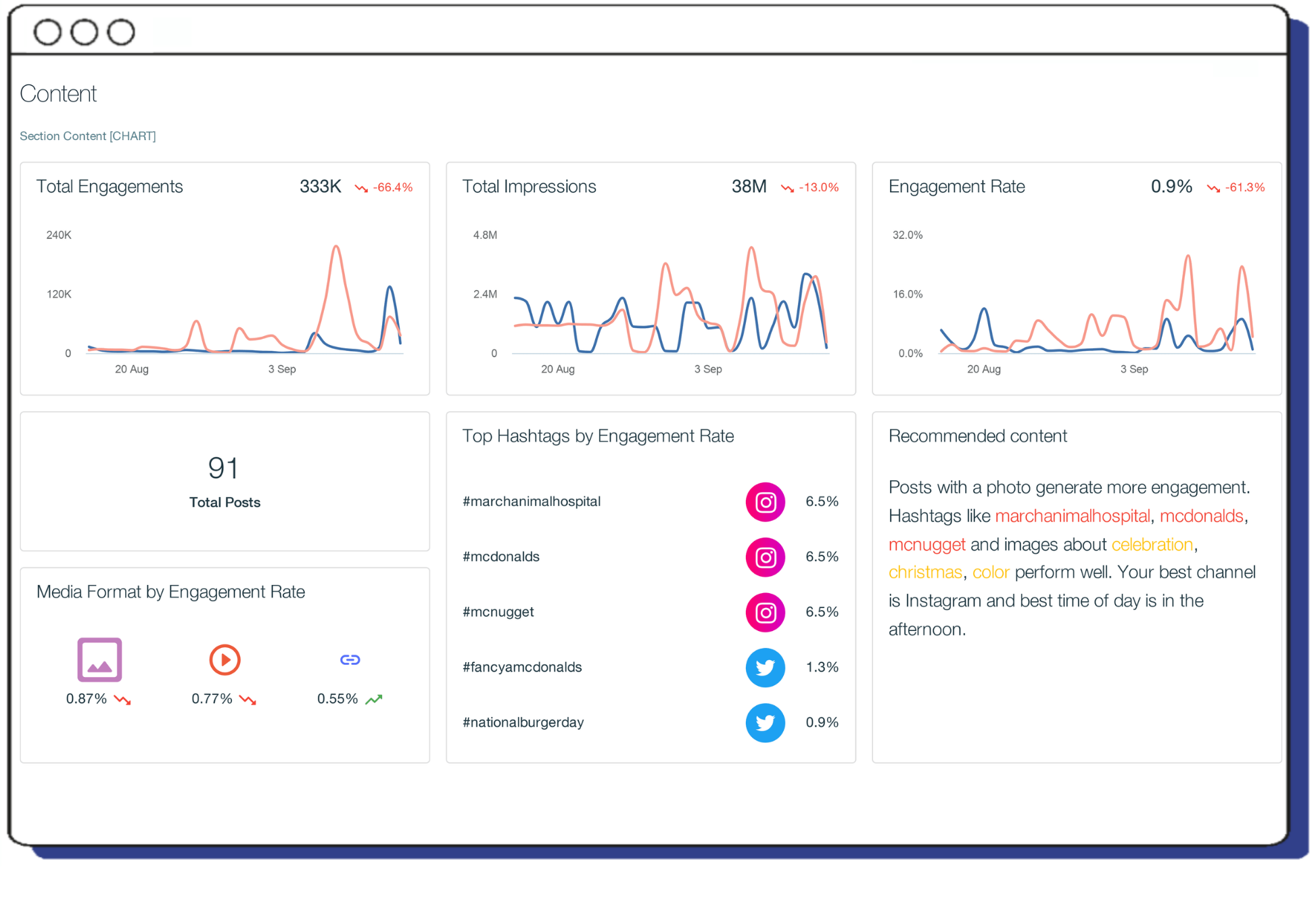
Analyzing content strategy
With Pulsar, you can analyze the content strategies of your competitors by looking at the types of content they publish, the themes they focus on, and the audience reactions to different content formats. This analysis can help you identify content gaps in your own strategy or opportunities to differentiate your brand.
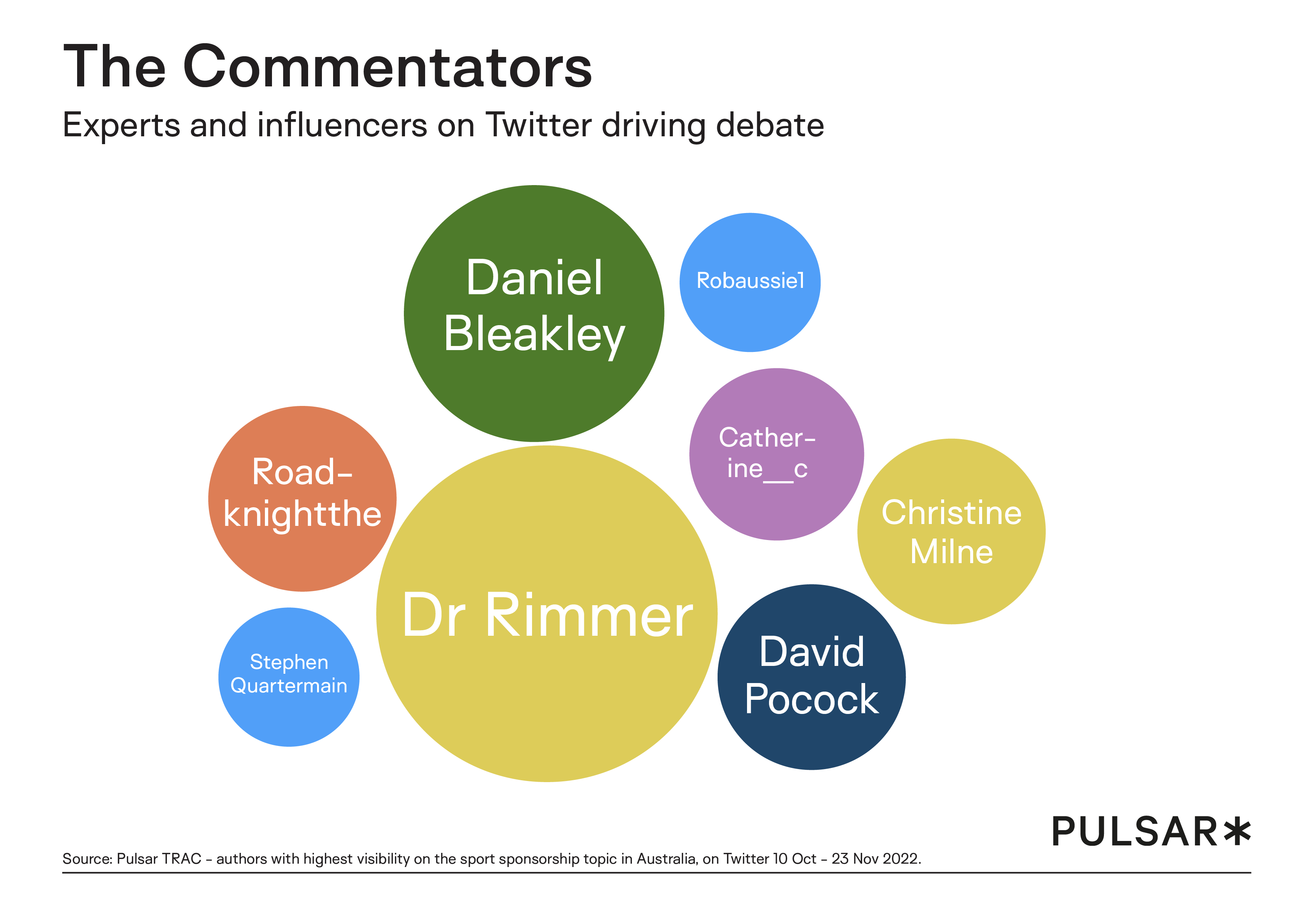
Identifying key influencers and partnerships
Pulsar's influencer identification feature can help you discover key influencers and content creators who are engaging with your competitors or mentioning their products and services. Understanding these relationships can provide insights into potential partnerships or influencer marketing strategies that could be beneficial for your brand.
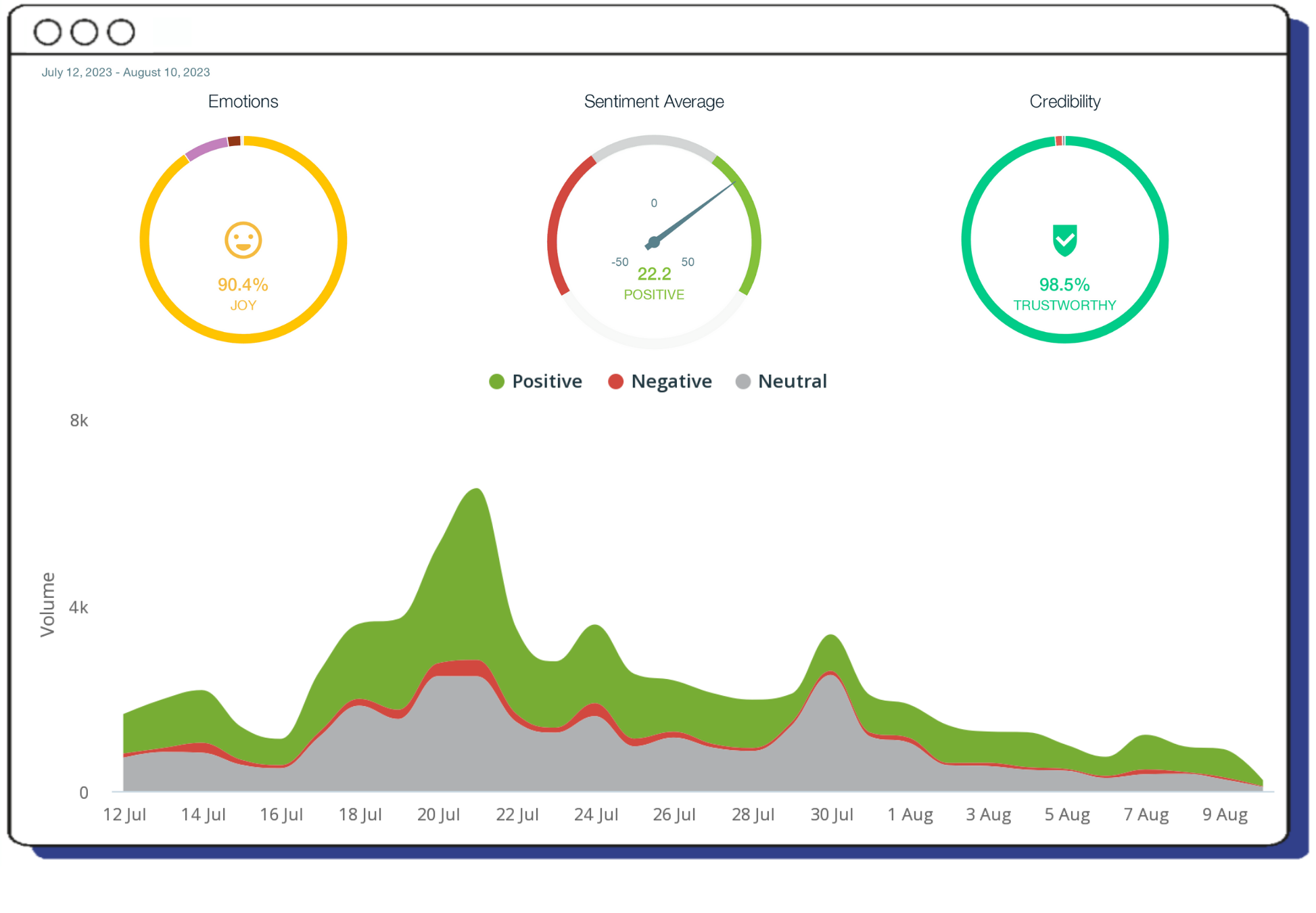
Understanding audience sentiments
Through sentiment analysis, Pulsar can help you gauge public sentiment towards your competitors. This includes understanding positive, neutral, and negative sentiments, as well as the reasons behind these sentiments. Such insights can inform your own messaging and positioning to better address customer needs and preferences.
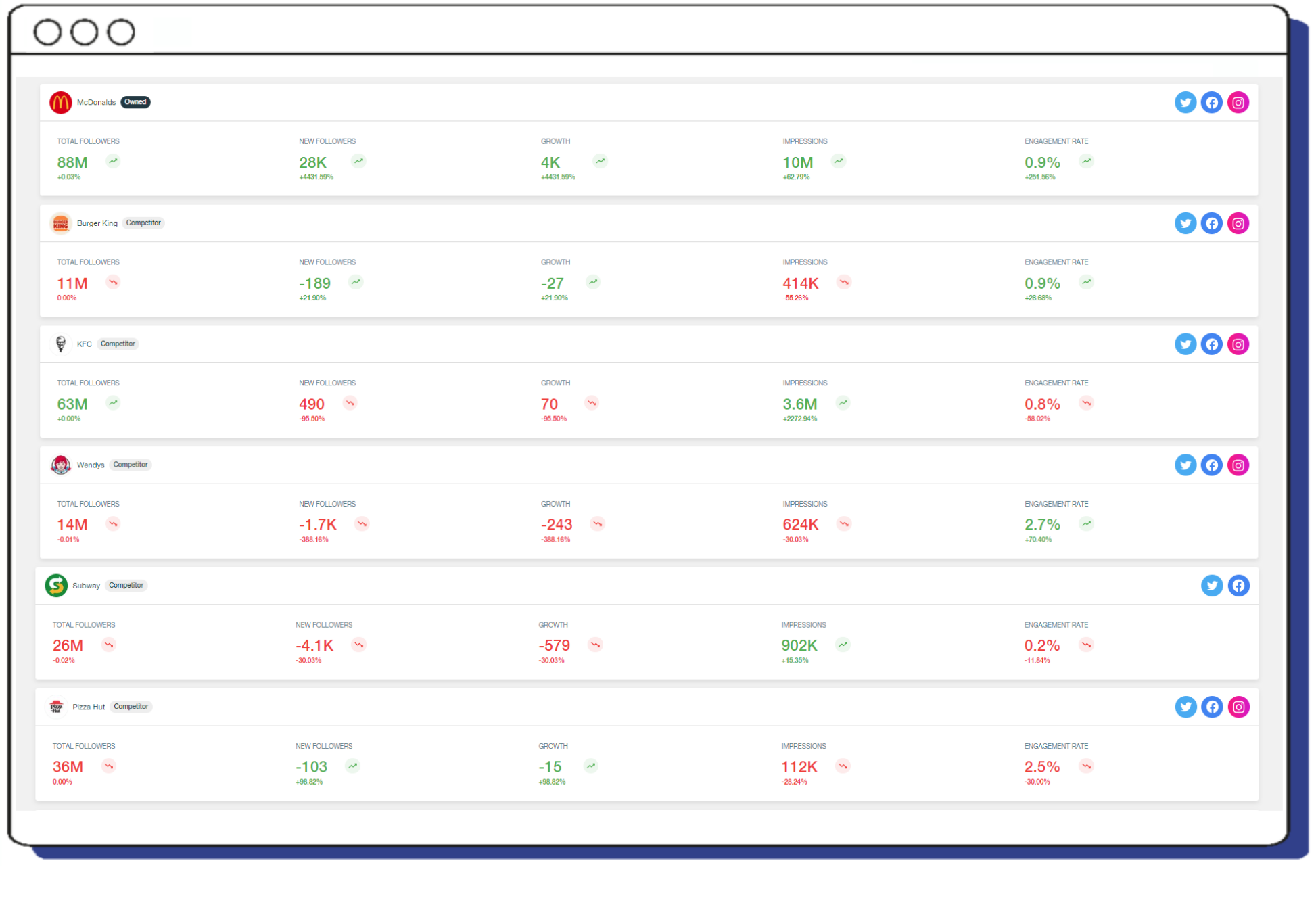
Benchmarking performance
Pulsar enables you to compare your brand’s performance against competitors on various metrics, including engagement rates, share of voice, audience growth, and content performance. This benchmarking can highlight strengths and weaknesses in your strategy and guide adjustments for improvement.
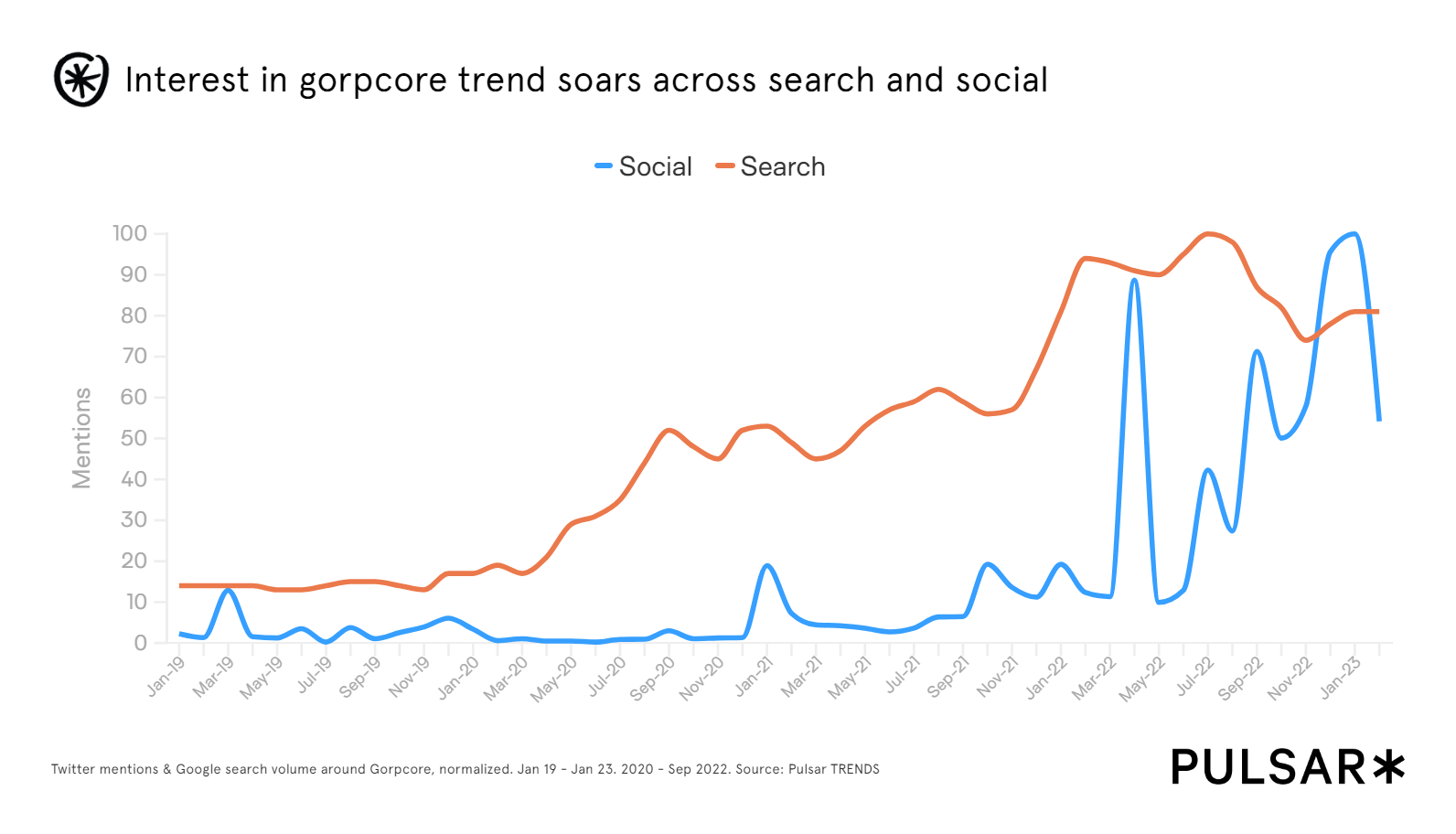
Spotting trends and opportunities
By monitoring the conversations around your competitors, Pulsar can help you spot emerging trends in the industry and new opportunities for innovation or market entry. This includes understanding which topics are gaining traction among your target audience and how competitors are responding to these trends.
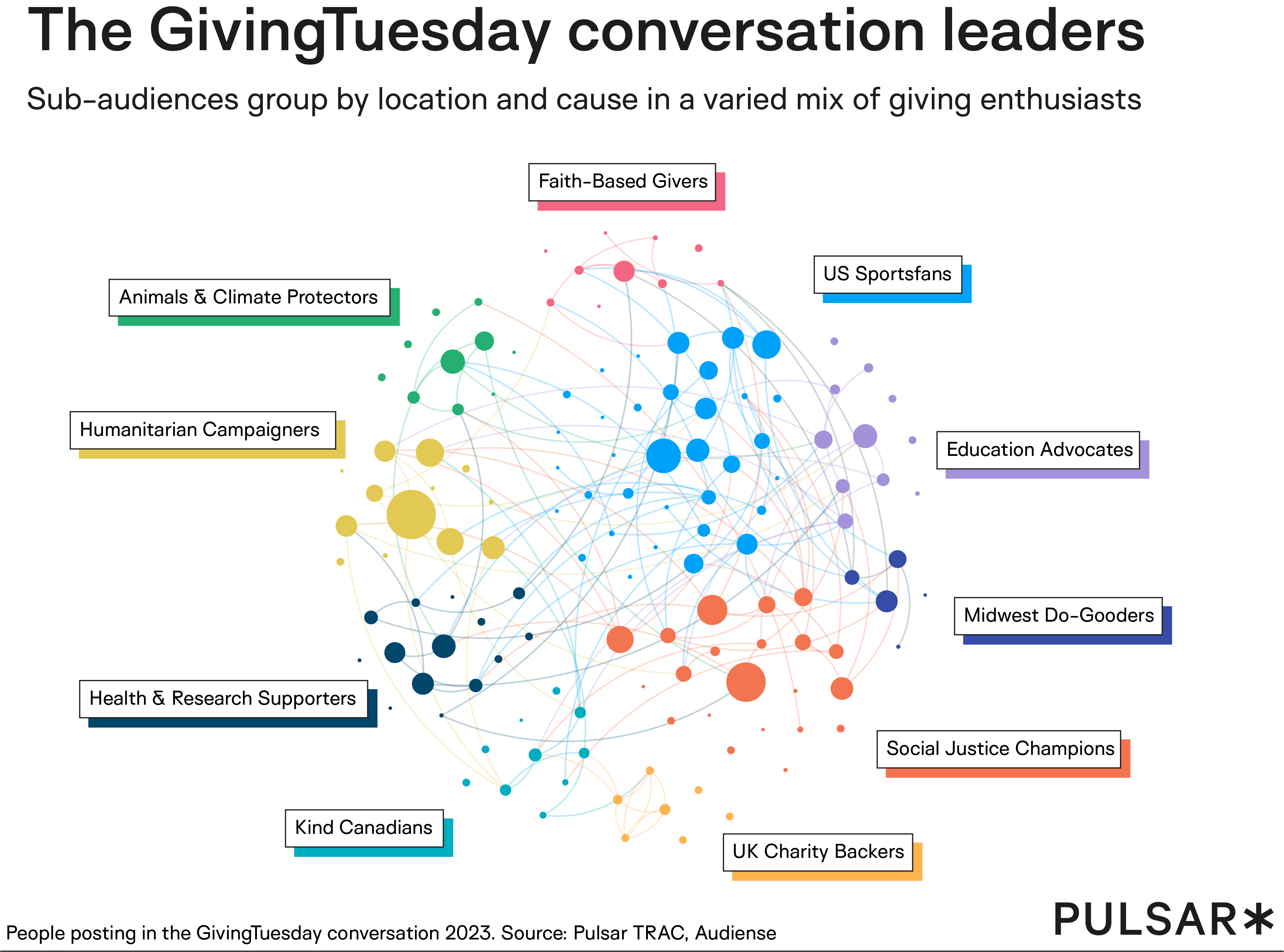
Segmenting audiences
Pulsar’s advanced segmentation capabilities allow you to dissect your competitors’ audiences based on demographics, interests, behaviors, and more. This segmentation can reveal untapped audience segments or opportunities to tailor your offerings to meet specific audience needs more effectively.
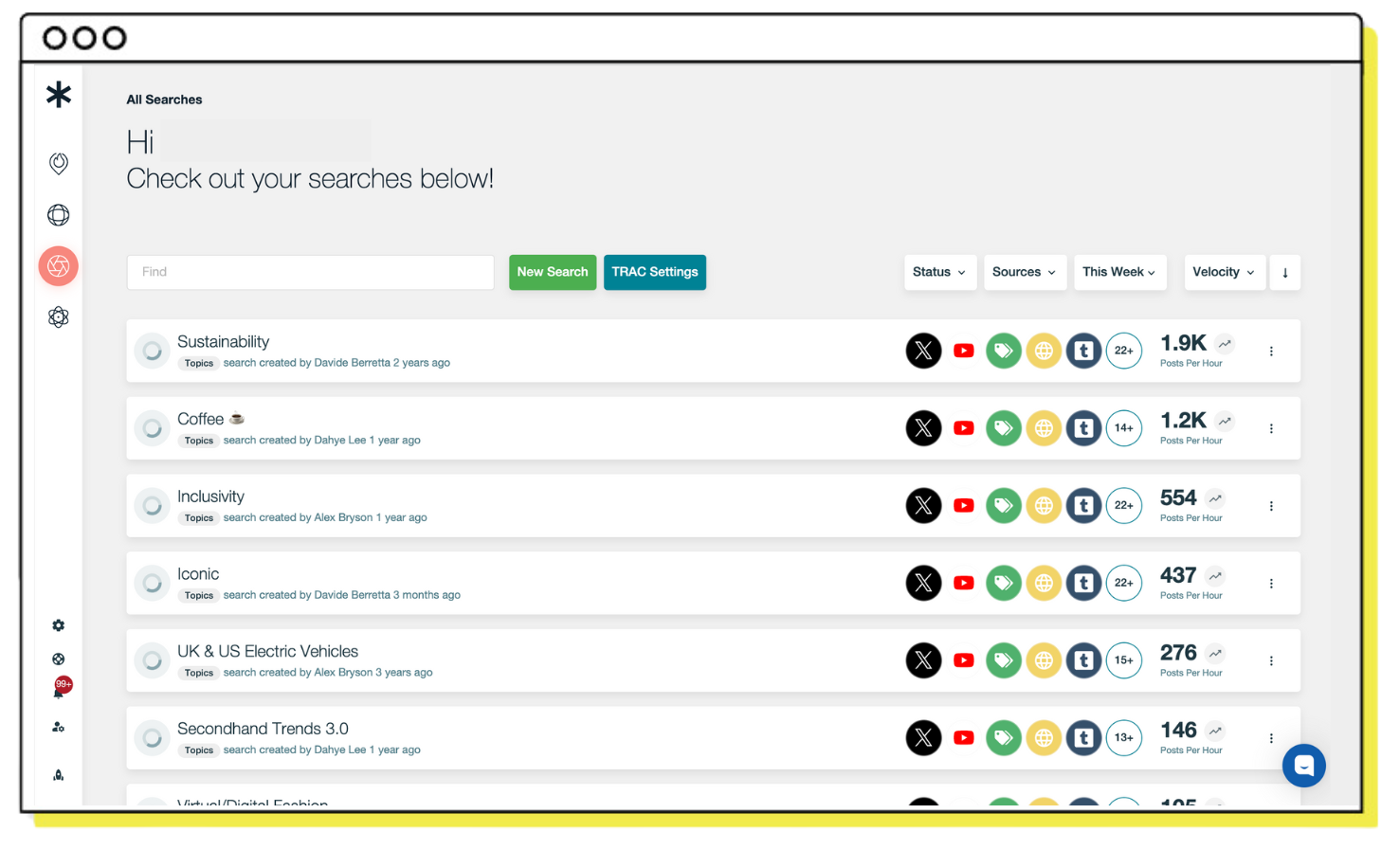
Implementation in strategy
Incorporating Pulsar's insights into your competitor analysis involves systematically tracking competitors over time, analyzing the data to uncover actionable insights, and adjusting your strategy based on these insights. Regularly revisiting this analysis ensures your strategies remain responsive to the dynamic competitive landscape.
By leveraging Pulsar's comprehensive suite of tools, you can gain a deeper understanding of your competitive environment and refine your marketing and business strategies to achieve a competitive edge.
Developing competitive strategies
With the insights you've garnered through Pulsar's deep dive into competitor analysis, it's time to turn intelligence into action. Developing competitive strategies is a whole lot more complex and sophisticated than simply mirroring your competitors' moves - it's about playing to your unique strengths and capitalizing on their weaknesses.
- Spotlight on innovation: Use your newfound knowledge on your key competitors to fuel innovation in your products or services. If there's a gap your competitors are missing, fill it. Be the solution no one knew they needed - until you showed up.
- Personalize your pitch: Armed with detailed audience insights, tailor your messaging to speak directly to unmet needs or desires. A personalized experience is key in an oversaturated market, as knowing what resonates with your audience (and your competitors' audience) can help elevate your approach, making sure your brand stands out.
- Strategic positioning: Position your brand in a way that highlights your unique value proposition. Use the competitive landscape to define your niche clearly, emphasizing what sets you apart.
- Agile marketing: Stay flexible and ready to pivot. The competitive landscape is ever-evolving, so remaining alert and up on your toes through fresh and current marketing strategies can give you the upper hand. Monitor trends, audience sentiments, and competitor moves closely, adjusting your tactics to stay ahead.
- Collaborate and conquer: Sometimes, the best strategy involves collaboration. Lookout for partnership opportunities that can enhance your offerings and extend your reach. Whether it's a complementary brand or an influencer in your industry - the right collaboration can amplify your competitive advantage.
By transitioning insights from Pulsar's robust competitor analysis into actionable strategies, you're not just keeping pace; you're setting the pace. Remember, in the dynamic world of digital marketing, being informed is good, but being strategically savvy is better.
To stay up to date with our latest insights and releases, sign up to our newsletter below:
